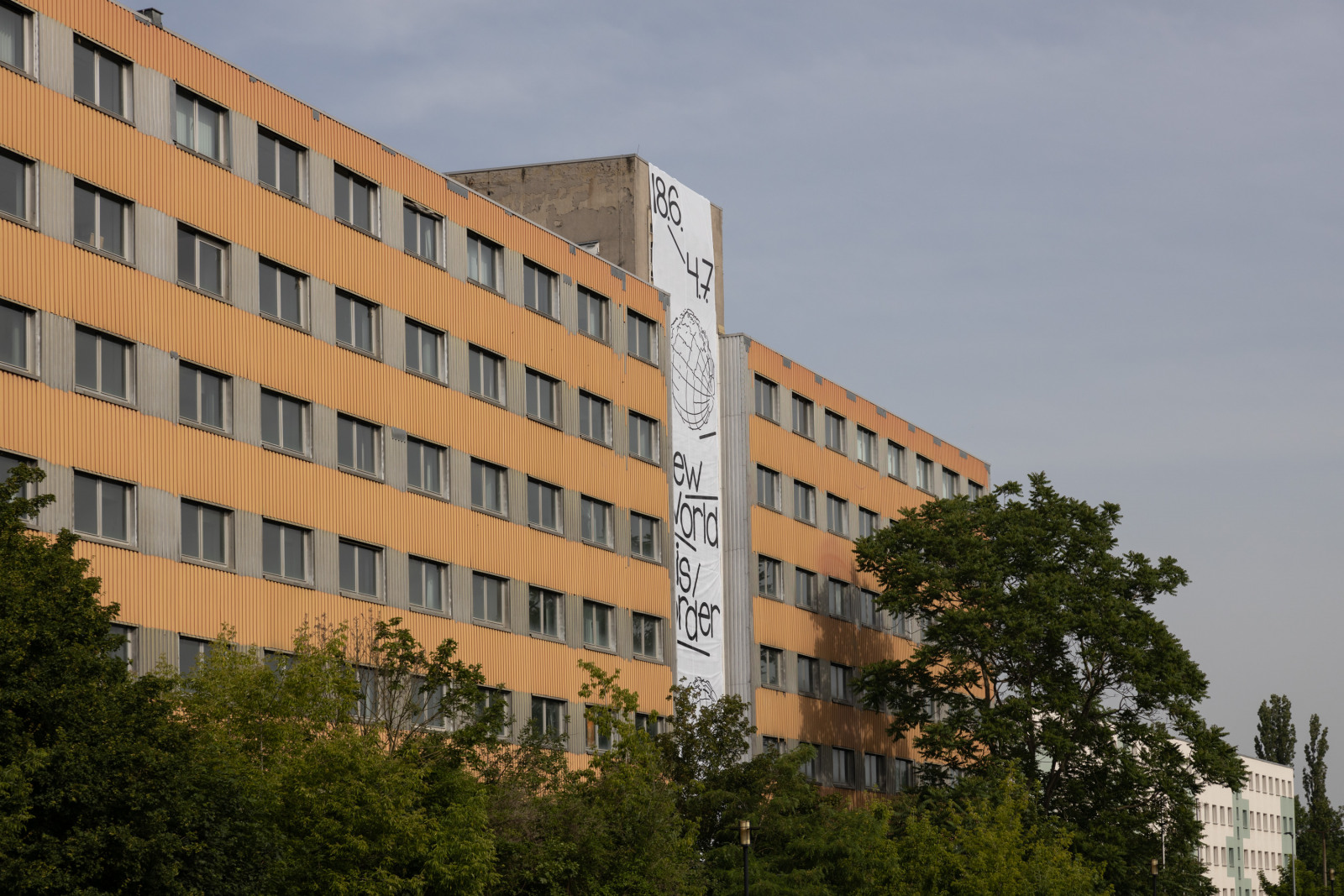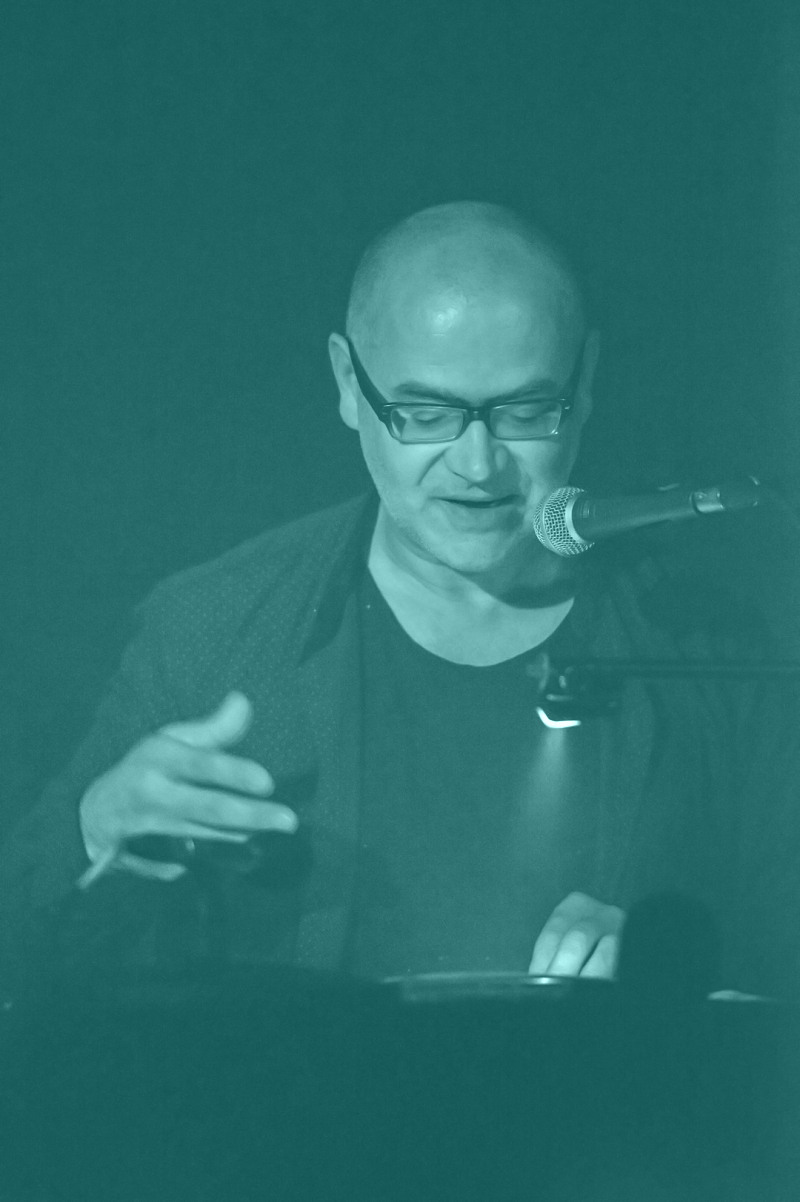Ralf Wendt works within the time-based and literary arts on the deconstruction of human and animal language and questions orders of things. Since the mid-90s, he has addressed a poetics of suprasegmentalia in performances, films and radio art and works as a curator of art, music or radio art festivals, where he brings together different artistic expressions interested in utopian/dystopian social disruptions.
Feature bodydatasphere

“IM” stands for inoffizielle Mitarbeiter or “unofficial agent” – conspiratorial apartment for secret Stasi meetings in the city and an operative procedure for strategic surveillance and information collection on individuals who were potentially dangerous for the East German’s government status quo.
The seven kilometres of files in Halle contain information about one half of the city’s population at the time. The system involved multiple identification of individuals designated for observation and a double archive of all files in the local offices and in Berlin – an extremely sophisticated process as back then there were virtually no computers. Kafka’s castle looms large over gloomy Prague.
The historians Michael Viebig and André Gursky examine data collection methods, Marit Krätzer, in her daily work at the Stasi document archive, translates these methods for the victims of surveillance. Former employees of the Stasi regional office offer insights into a self-image that casts current intelligence activities in our society and the approach to comprehensive data collection in a different light. Former occupiers of the Stasi headquarters like Dietmar Webel and Thomas Kupfer were aware back in 1989 that a critical view of data collection is necessary for modern societies.
With archive material from the German Federal Stasi Records Agency.


